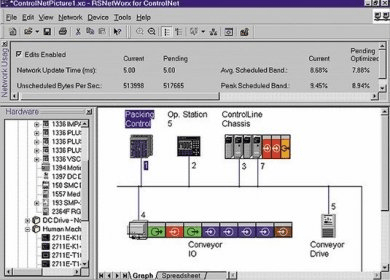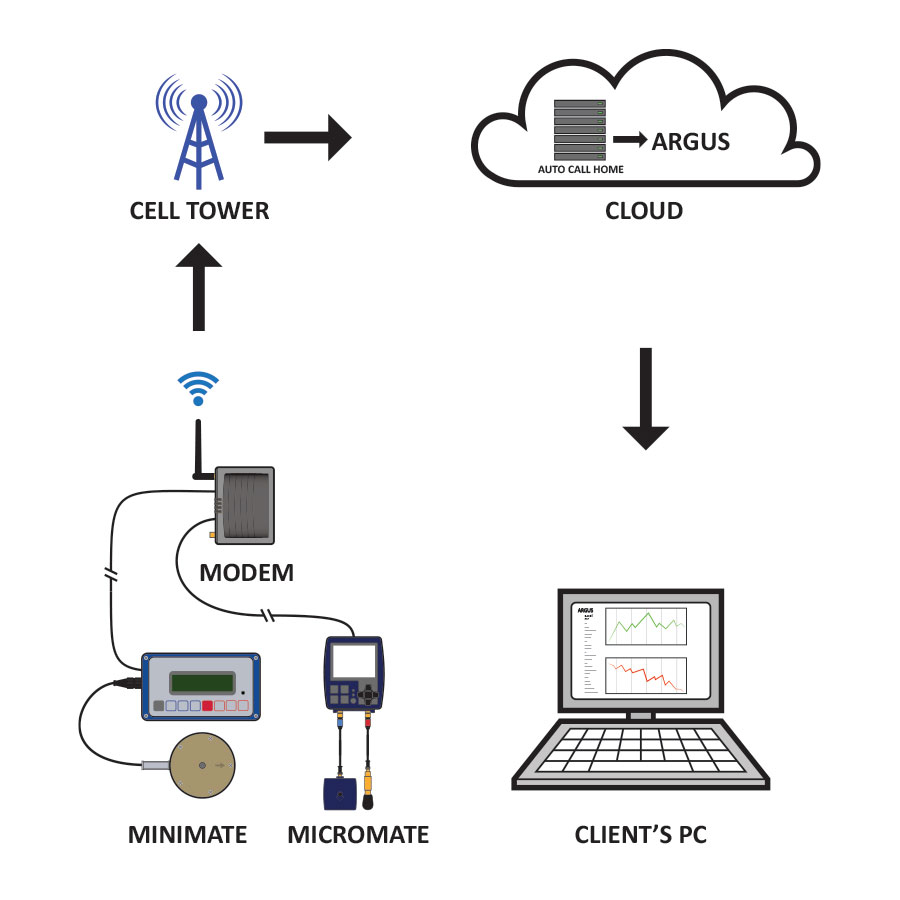

Generally this allows the entire system to be calibrated more accurately. Some models of seismographs are meant to have the geophone, microphone and data acquisition unit calibrated as a system. The seismograph may be reading high, low or nothing at all at other frequencies within its specified frequency range. This is not a valid method of calibration, because the singlepoint calibration does not provide any indication of the response at other frequencies. This frequency is typically about 250 Hz and is at the high end of most seismographs frequency response. For example, if a calibration service provider uses a device called a piston phone to calibrate microphones, the microphone is only checked at one frequency and one pressure level. To ensure compliance, it is very important that all sensors are tested at several frequencies within their required range. Then, like the geophone, they are checked to ensure they meet the specifications for the required frequency range.

The microphone is then adjusted to match a reference microphone. They are exposed to a sound source at a specific frequency and sound pressure level and the “as found” conditions are recorded. Microphones are calibrated in a similar manner. The geophones are then checked to ensure they are within specification across the required frequency range of the equipment. The seismograph is then adjusted to match the level being recorded by the reference sensor. These results will allow the user to assess all of the vibration records that have been recorded since the last time the seismograph was calibrated and determine the impact, if any, on these records. This must be performed before any adjustments have been made. At this point the sensors should be checked for the “as found” conditions of each channel. How a Seismograph is Calibratedĭuring the calibration process the geophones are mounted on a shake table with a reference sensor and excited at a specific frequency and amplitude.
#MICROMATE BLASTWARE SOFTWARE SOFTWARE#
The upgrades often include product enhancements of both hardware and software and result in expanding the functionality of the equipment.

#MICROMATE BLASTWARE SOFTWARE FREE#
Many manufacturers and their authorized calibration facilities will perform upgrades and preventative maintenance on your instruments, often free of charge, providing the units are regularly serviced.

Therefore, preventative maintenance becomes an important part of the annual calibration process. Although seismographs are designed to be used in a rugged environment, they are still a sophisticated electronic monitoring device. Calibration is important to ensure the instrument is performing as it was designed to, and measures accurately the true ground vibration and air-blast. This requirement has been or is being adopted by several other countries around the world and some specific projects even require that seismographs be calibrated every three or six months. Across most of North America and many parts of Europe regulatory authorities actually require seismographs to be calibrated on an annual basis. The recommended interval for calibration of most measuring equipment including seismographs is one year.


 0 kommentar(er)
0 kommentar(er)
